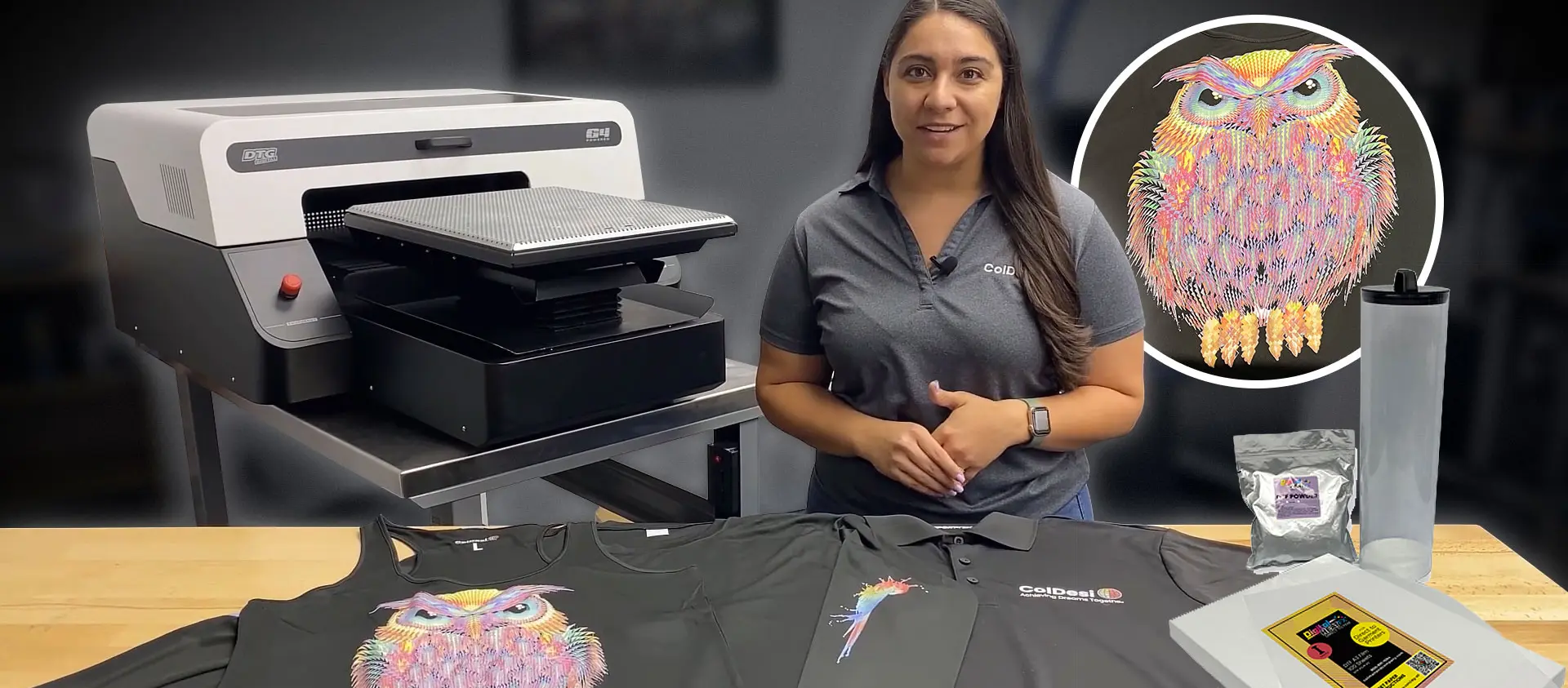There are a few different ways to customize apparel and hard goods like t-shirts, mugs, tote bags, and much more.
Some of the most popular methods of customization are inkjet, white toner, and sublimation printing. And then, depending on which method you choose, there are different supplies you need for each. The whole thing can be a little confusing. Which method should you choose if you’re just starting up or expanding?
In this video, we’re going to focus on three processes and the differences between the types of paper used for them that most newcomers in the customization business might get mixed up. Because these processes can be similar, it can be difficult to figure out why each paper needs to be different for each process.
Inkjet Printing
Typically used in home or office settings due to their low upfront costs. What inkjet printers do is spray droplets of ink on paper to form the text or images you send to it through your computer. This is one of the easiest and most affordable ways to get into the customization business.
How Does Heat Transfer Paper Function?
Basically, you print an image on your printer, in this case an inkjet printer, on heat transfer paper. Then you place it on the substrate and press it with a heat press.
White Toner Printing
Unlike inkjet printers, white toner printers require no ink to create full-color transfers. This is because most white toner printers use CMYW toners. White toner printers that have CMYW toners, don’t have black toners. This means all the other colors form a composite black. Because of the white toner found in these printers, there is no need for white opaque backgrounds for dark garments like some inkjet heat transfer papers need.
How Does White Toner Transfer Paper Work?
White toner transfer paper, like our EZ Peel Transfer Paper is specifically designed for white toner printers only. This printing process is like inkjet printing in the sense that it will be heat applied using almost the same steps. However, they differ because white toner transfers are self-weeding, which means there is no weeding, cutting, or trimming involved.
Sublimation Printing
Just like both of the other processes, sublimation requires a specialty printer and paper to get started. It’s also achieved by heat application as well. However, it differs greatly in the actual process. With sublimation printing, dye-based inks turn from a solid to gas when heat is involved. Once turned into a gas, it will dye the fabric. But because the ink dyes the fabric, sublimation transfers can’t be applied to dark colored fabrics or any material besides polyester.
How Does Sublimation Paper Work?
Just like you can’t go out and buy any blanks for your sublimation printer, the same goes for sublimation paper. We offer high-quality sublimation paper like Beaver TexPrint. This paper is made for sublimation and ONLY sublimation. Since sublimation takes place when a fabric is being dyed by gas, there is no weeding required. This is what makes it different from inkjet transfers but like white toner transfers. Unlike the way inkjet paper leaves a feel and weight to a t-shirt, sublimation doesn’t. It leaves an extremely soft hand because the design is technically in the fibers of the shirt rather than on top.








